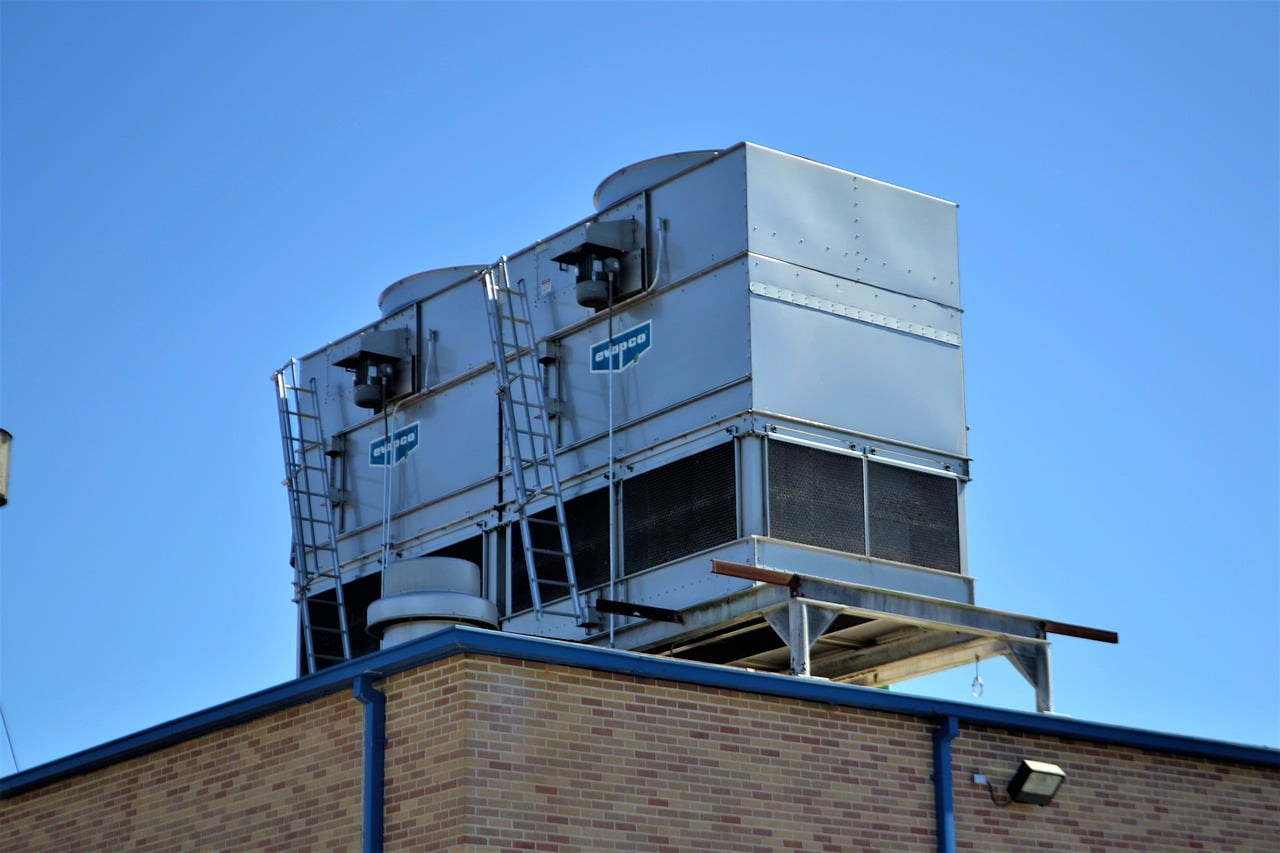How to Effectively Manage the Cooling System in a Dodge Viper to Prevent Overheating?

As an owner or user of the Dodge Viper, you may be aware of the importance of your car’s cooling system. The cooling system, which comprises of the radiator, coolant, and other components, plays a crucial role in preventing your engine from overheating. This is especially true in high-performance cars like the Dodge Viper, where any issue relating to cooling can seriously affect the car’s performance and potentially lead to costly repairs.
This article aims to provide you with comprehensive information on how to effectively manage the cooling system in a Dodge Viper to prevent overheating. We will explore the various components involved, the common issues that might arise, and how to tackle them. Let’s dive in.
In the same genre : How to Optimize the Fuel Injection System in a BMW 5 Series for Better Performance and Efficiency?
Understanding the Cooling System and Its Components
The cooling system in your Dodge Viper is a complex mechanism designed to keep your engine running at the ideal temperature. This system relies on several key components, each of which plays a crucial role in preventing overheating.
The Radiator
The radiator is where the hot coolant, carrying heat from the engine, gets cooled down. It’s an essential part of your car’s cooling system. It works in conjunction with a fan that helps circulate air through the radiator to dissipate heat.
In the same genre : Can the Use of Lightweight Forged Wheels Improve the Handling of a McLaren 720S?
Coolant
Coolant, sometimes referred to as antifreeze, is a fluid that circulates through the cooling system, from the engine to the radiator, and back again. Its main function is to absorb heat from the engine and then lose it in the radiator.
Water Pump and Thermostat
The water pump is responsible for pushing the coolant through the system. It’s driven by the engine through a belt. The thermostat, on the other hand, is a valve that controls the flow of coolant, based on the engine’s temperature.
Recognizing Signs of Overheating and Cooling System Issues
Recognizing the signs of overheating and cooling system issues is key to effectively managing the cooling system in your Dodge Viper. By understanding these signs, you can take proactive steps to address any potential problems before they escalate.
Overheating Engine
An overheating engine is a clear sign that there is an issue with your cooling system. This could be due to a variety of factors, including low coolant levels, a blocked radiator, a malfunctioning water pump, or a faulty thermostat.
Poor Engine Performance
Poor engine performance can also be indicative of a cooling system issue. If your engine isn’t running as smoothly or powerfully as it should, it could be that it’s running too hot. This could be due to a problem with your coolant, water pump, or radiator.
Coolant Leaks
Coolant leaks are another common sign of a cooling system issue. If you notice a puddle of coolant under your car, or if your coolant level is consistently low, it could indicate a leak in your radiator or another part of your cooling system.
Maintaining and Troubleshooting Your Cooling System
Maintaining your cooling system and troubleshooting potential issues are critical for preventing overheating in your Dodge Viper. Regular maintenance can help keep your car running smoothly and efficiently, while also saving you from potentially expensive repairs down the line.
Regular Coolant Checks and Changes
Regularly checking and changing your coolant is crucial to the health of your cooling system. Coolant degrades over time, losing its ability to effectively absorb and dissipinate heat. You should check your coolant level regularly, topping it up as necessary, and replace it entirely every couple of years or as recommended by your car’s manufacturer.
Keeping the Radiator Clean
Keeping your radiator clean and free from blockages is another important part of cooling system maintenance. Blockages can prevent the radiator from effectively cooling the coolant, leading to overheating. Regularly clean out any debris from your radiator, and consider using a radiator flush product to help remove any internal blockages.
Inspecting Water Pump and Thermostat
Regularly inspecting your water pump and thermostat can help catch any potential issues before they cause serious problems. Look for signs of wear or damage, such as leaks or a visibly worn belt. If your thermostat isn’t opening and closing properly, this could lead to overheating and needs to be addressed immediately.
Upgrading Your Cooling System for Enhanced Performance
For those of you who want to take your Dodge Viper’s performance to the next level, consider upgrading your cooling system. Upgrades like a high-performance radiator, a more powerful fan, or a high-flow water pump, can help your engine run cooler and more efficiently, especially under high-stress conditions.
Investing in a High-Performance Radiator
A high-performance radiator can provide enhanced cooling capabilities, which can be particularly beneficial for high-performance cars like the Dodge Viper. These radiators typically feature improved designs and materials for better heat dissipation.
Upgrading to a More Powerful Fan
A more powerful fan can help improve air circulation through the radiator, leading to better cooling efficiency. This can be a worthwhile upgrade, especially if you frequently drive in hot climates or engage in high-performance driving.
Installing a High-Flow Water Pump
A high-flow water pump can increase the volume of coolant flowing through your system, leading to improved cooling. However, this upgrade should be carefully considered, as it may place additional strain on your engine.
Remember, while these upgrades can provide enhanced performance, they should never replace regular maintenance and troubleshooting. Regularly inspect and service your cooling system to ensure it’s functioning correctly, and address any issues promptly to prevent overheating and maintain optimal performance.
Recognizing and Addressing Overheating Issues
One of the most important parts of effectively managing your Dodge Viper’s cooling system is recognizing and addressing overheating issues as soon as they arise. An overheating issue can result in damage to your engine, which can be costly to repair.
Recognizing Overheating Symptoms
Being able to recognize the symptoms of an overheating engine is crucial. Some common signs include:
- Steam or smoke coming from under the hood: This is a clear sign that your engine is overheating. If you see this, pull over immediately and allow your engine to cool down.
- A high reading on your temperature gauge: This indicates that your engine’s temperature is higher than it should be.
- A coolant leak: This could be a sign of a problem with your water pump or another part of your cooling system.
Addressing Overheating Issues
If you notice any of these signs, it’s important to address the issue immediately. Here are some steps you can take:
- Check your coolant level: If it’s low, this could be the cause of your overheating issue. Top it up if necessary.
- Inspect your water pump: Look for signs of damage or leaks. If you see any, it’s time to get your water pump replaced.
- Inspect your radiator: Look for blockages or damage. If your radiator is blocked, it won’t be able to effectively cool your coolant. Consider using a radiator flush product to remove any internal blockages.
Conclusion
Managing the cooling system in your Dodge Viper is crucial for preventing engine overheating and maintaining optimal performance. By understanding the components of the cooling system, recognizing signs of overheating, and performing regular maintenance and troubleshooting, you can keep your high-performance car running smoothly and efficiently.
If you notice any signs of overheating, such as steam or smoke coming from under the hood, a high reading on your temperature gauge, or a coolant leak, it’s important to address the issue immediately. Check your coolant level, inspect your water pump and radiator, and consider investing in high-performance upgrades if necessary.
Remember, while upgrades like a high-performance radiator, a more powerful fan, or a high-flow water pump can enhance your car’s performance, they should never replace regular maintenance. Always inspect and service your cooling system regularly to ensure it’s functioning correctly.
By keeping these things in mind, you can effectively manage your Dodge Viper’s cooling system and prevent costly damage due to overheating. After all, a well-maintained Viper is a high-performing Viper. So, be proactive in preserving your car’s peak performance and longevity by taking care of its cooling system effectively.
